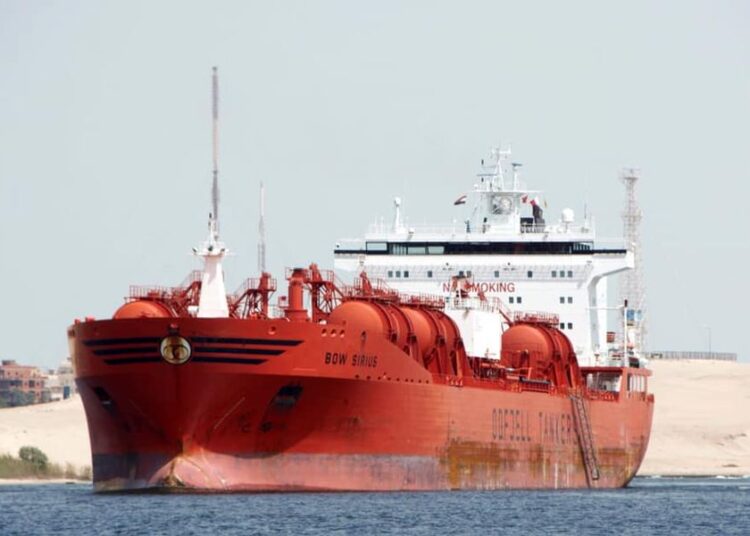Chairman of the Suez Canal Authority, Osama Rabie, unveiled on Sunday the overall statistics of the canal’s performance for last year.
The Suez Canal, he said, set new and unprecedented records in this year, achieving the highest annual revenue.
He said the canal’s revenues in 2021 amounted to $6.3 billion, the highest in the history of the Egyptian waterway.
Chairman Rabie added that over 1.27 billion tonnes of goods navigated the Suez Canal during 2021 as well, also the highest in history.
“A total of 20,694 ships transited the Suez Canal in 2021,” Chairman Rabie said.
He added that only 18,830 ships transited the canal in the previous year, which brings the rise in ships transiting the canal in 2021 up to 10%.
Chairman Rabie noted that the Suez Canal’s revenues in 2021 were 12.8% higher than the revenues of the canal in the previous year ($5.6 billion).
The growth in trade transiting the canal, Chairman Rabie said, surpassed the growth in international trade.
He added that the trade transiting the canal in 2021 grew by 8.5%, compared with the previous year, even as international trade grew by 3.7% only.
“The container trade passing through the canal grew by 7.2% in 2021,”Chairman Rabie said.
He added that the international container trade grew by 6% only in the same period.
Chairman Rabie noted that the growth in the transit of bulk goods in the canal amounted to 19.5% in 2021, compared to a growth of 4.1% in international bulk trade in the same year.
He said the number of liquefied natural gas carriers increased by 36.6% in 2021.
“The container ships transiting the canal also increased by 10.1 %,” Chairman Rabie added.
He revealed that 15.7% of the total global seaborne grain trade transited the Suez Canal in 2021, which translated into 83.5 million tonnes of grains.
These performance indicators, Chairman Rabie said, reflect the success of the flexible marketing and pricing policies pursued by the Suez Canal Authority.
He added that the canal had succeeded in gaining the confidence of the navigation community, and flexibly dealing with the changes occurring in the maritime transport industry, in light of the challenges induced by the Covid-19 pandemic.






Discussion about this post